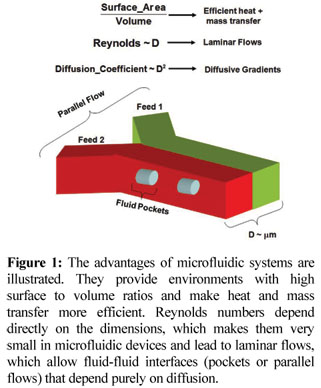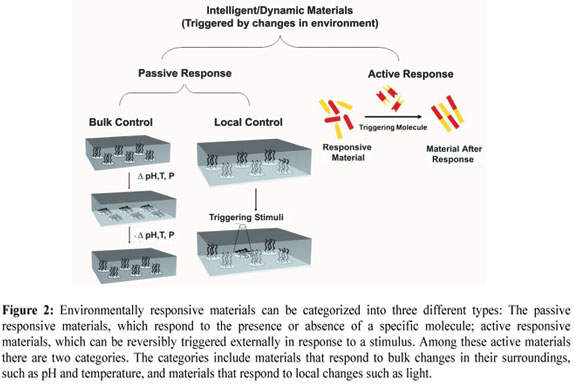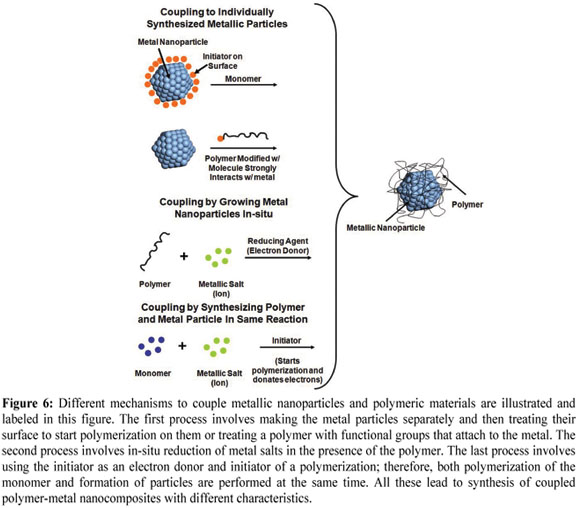Miniaturization and commercialization of integrated microfluidic systems has had great success with the development of a wide variety of techniques in microfabrication, since they allowed their construction at a low cost and by following simple step-series procedures. However, one of the major challenges in the design of microfluidic systems is to achieve control of flow and delivery of different chemical reagents. This feature is especially important when using microfluidic systems in the development of cell culture systems, the construction of labs on a chip and the fabrication and design of chemical microreactors. Spatiotemporal control of the microenvironment in microfluidic devices has been only partially achieved by incorporating actuator parts (mechanical and non-mechanical) within these devices; nevertheless, recently there has been enormous progress due to advances in the materials sciences, and the development of novel polymeric "intelligent" materials. These materials have proved to be excellent candidates in the construction of non-mechanical actuators in the form of environmentally responsive valves. These valves can more efficiently control flows because these "intelligent" materials are capable of undergoing conformational changes and phase transitions in response to different local or external environmental stimuli; allowing them to turn the valves from "on" to "off". In addition, these valves have very simple designs, and are easy and cheap to incorporate into microfluidic systems. Therefore, although there are many reviews that focus on the development and design of non-mechanical actuators, the following review proceeds to describe the exciting characteristics, potential uses and synthesis methods of the building blocks of the most recent and innovative non-mechanical valves, environmentally responsive polymeric "intelligent" materials. In addition, the last section of this review will focus on the synthesis of composite materials that are capable of responding to more than one type of stimulus, since these materials are believed to be the future components that will boost the development of microfluidic systems with spatiotemporal controlled microenvironments.
Microfluidic systems; Responsive materials; Optically responsive materials; Hybrid materials; Mechanical actuators; Nano-actuators






